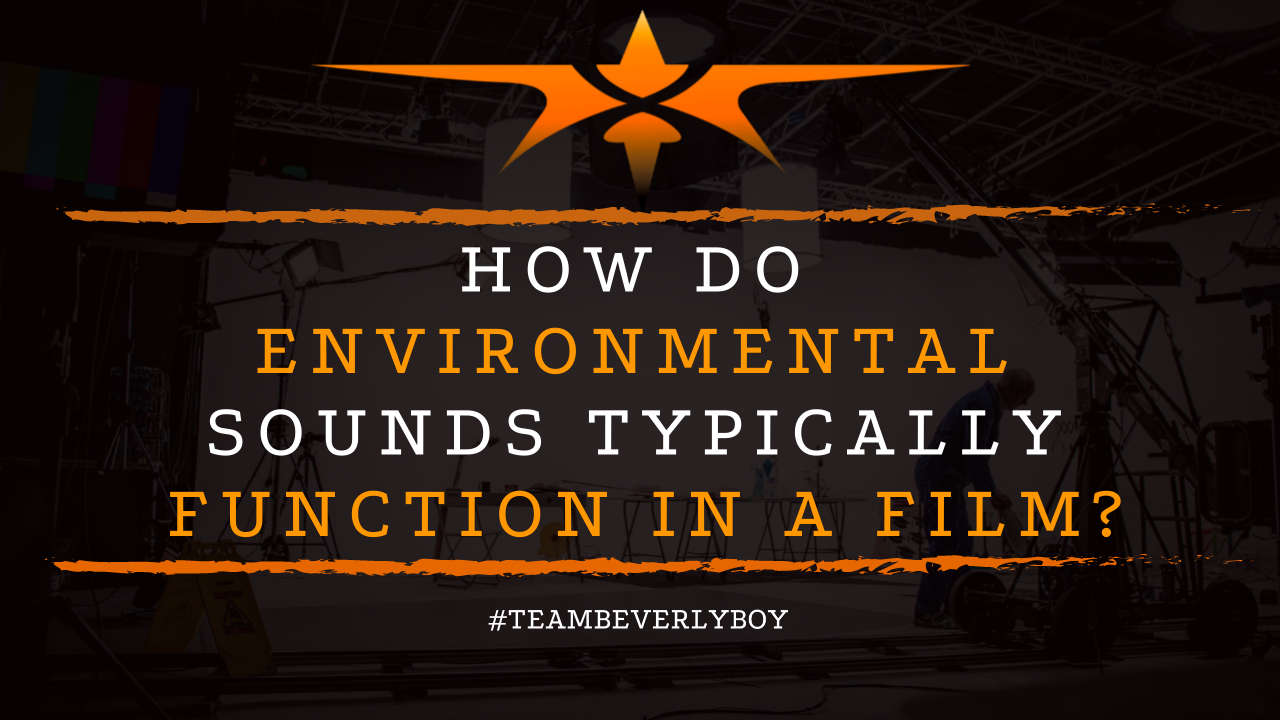
How Do Environmental Sounds Typically Function in a Film?
In any environment, whether you’re in the jungle or you’re at the beach. If you’re sitting in a crowded restaurant with friends. Or you’re in a quaint coffee shop alone with a book. There are sounds taking place all around. Some settings have very little sound, others very loud sounds. In some environments the sound is close to nature as trees rustle. Birds chirp and water drips in a nearby pond. And in some environments the sound so far from nature that you might just crave slipping away. Just as you are accustomed to hearing various sounds associated with the environment that you’re in. Environmental sounds are commonly used in filmmaking to support the creation of a realistic setting that the audience can connect with. But exactly how do environmental sounds typically function in a film?

What are Environmental Sounds in Film?
Environmental sounds in film are those which are part of the surrounding space and are present in the location. You might more broadly understand these sounds as “ambient” sounds which is the term used to describe background sounds that are present in the scene or location.
When you think of any location in the world, inside or outside, whether moderately quiet or extremely loud, there are sounds that are common to that location – these are environmental sounds.
How Do Environmental Sounds Typically Function in a Film?
Environmental sounds function in films as support to the creation of a realistic setting or action. These ambient sounds and noises are those which are expected from the setting that is being created and filmed.
For example, if a character in your film is looking up at the stars on a clear, brightly moonlit night, would you expect dead silence? Probably not. In fact, if there were no background environmental sounds (or ambient) sounds, you would probably not really connect with the scene.
But, if you could hear the cricket chirping in the distance, and maybe you even hear an occasional howl way, way off in the distance, you’re going to feel like it’s nighttime.
Environmental sounds are used to:
- Reinforce the mood or establish the mood of a setting.
- Provide continuity between shots. For example, when you start to hear the sounds from the next scene, before you actually see the visual representation of the screen on the screen. The sounds help you to establish a clear understanding of what to expect next.
- Prevent a setting in which there is a lack of sound and the entice scene feels… fake.
So, how do environmental sounds typically function in a film? They’re used to build setting and action representing the common, everyday noises that are to be expected from a particular location or scene.


